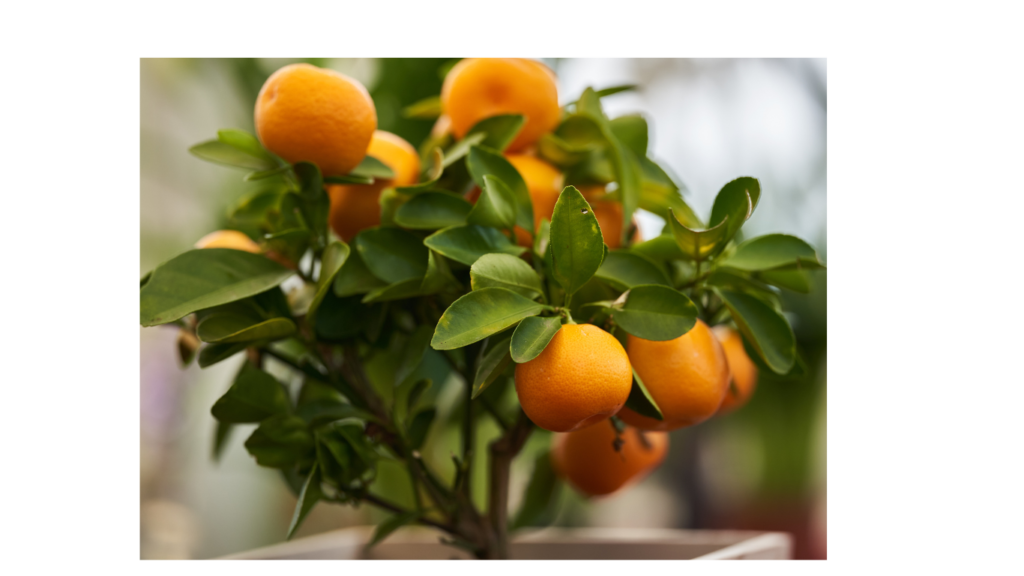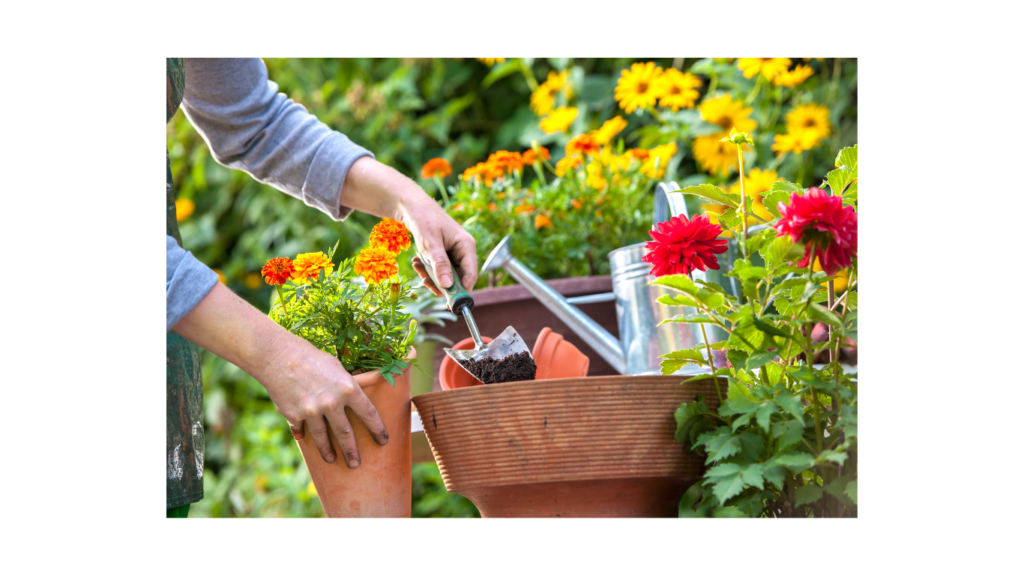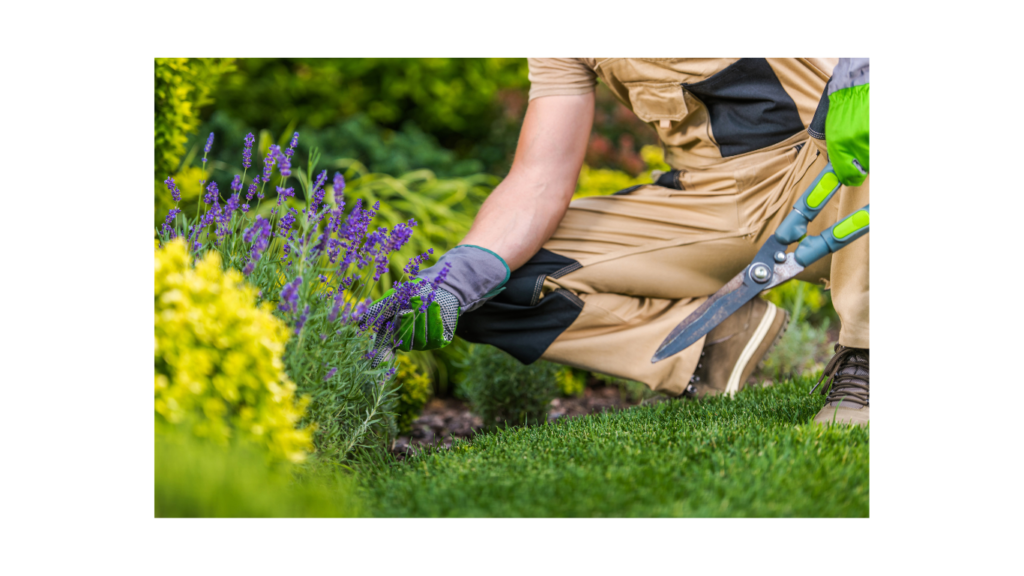Introduction: The Importance of Having Fruit Trees in Your Garden
Planting fruit trees in your garden is one of the most rewarding ways to grow fresh, high-quality food. In addition to providing delicious and nutritious fruits, these trees play a vital role in preserving the environment, helping reduce greenhouse gases, and improving local biodiversity. Fruit trees attract pollinators such as bees and butterflies, creating a healthy and balanced ecosystem. Moreover, they are beneficial to the soil, air quality, and even the gardener’s mental health.
This article will guide you through every step of growing fruit trees, from choosing the right species for your space to the necessary care over time to ensure abundant and sustainable fruit production. We will explore in detail how to plant, prune, fertilize, irrigate, and protect your trees, providing a high-quality harvest year after year.
Choosing the Right Fruit Trees for Your Garden
Choosing the right fruit tree is the first step to success in cultivation. Climate conditions and soil type are determining factors for selecting the species to be planted. If you live in a region with harsh winters, varieties that require a cold period (such as apples and pears) may be ideal. In tropical climates, plants like mangoes, avocados, and citrus are more suitable.
In addition to climate, consider the available space. Large trees like mangoes and avocado trees need plenty of room to grow, while smaller varieties like dwarf apple trees can be grown in smaller spaces, such as urban gardens or even pots.
Another factor to consider is resistance to pests and diseases. Some varieties are naturally more resistant, making cultivation easier, while others require more preventive care.
How to Plan the Space for Fruit Trees
Planning the space for fruit trees is crucial for their healthy growth. To ensure your trees grow properly, it is essential to consider the spacing between them. Large trees, such as citrus and mango trees, should be spaced 4 to 6 meters apart. This ensures the roots have enough room to expand without competing for nutrients.
In addition to horizontal spacing, vertical space is also important. Most fruit trees require plenty of direct sunlight for proper growth and fruiting. Therefore, when planning the planting, choose a location where the tree will receive 6 to 8 hours of sunlight daily, which is essential for photosynthesis and fruit ripening.
If you have a small garden, you can opt for vertical gardening techniques or use dwarf varieties that can be grown in pots or small greenhouses.
Preparing the Soil for Planting Fruit Trees
Soil is one of the most important factors for ensuring the success of your orchard. Fruit trees need well-drained, fertile soil with a good amount of organic matter. The first step is to perform a soil test to check the pH, texture, and nutrient levels. The ideal pH for most fruit trees is between 5.5 and 6.5, which is slightly acidic. If your soil is too acidic or alkaline, it may be necessary to adjust the pH using lime for acidic soils or sulfur for alkaline soils.
In addition to pH, the soil needs to be well-drained to avoid root rot caused by excess water. If your soil is clayey and poorly drained, adding organic compost or sand can improve the soil structure.
Fertilizing the soil is also crucial. Use organic materials such as well-rotted manure, homemade compost, or worm castings to provide nutrients to the fruit trees. If necessary, add mineral fertilizers specific to fruit trees that provide adequate levels of potassium, phosphorus, and nitrogen.
Step-by-Step Guide to Planting Fruit Trees
Now that you’ve chosen the right species and prepared the soil, it’s time to plant. Here is a detailed step-by-step guide to ensure your fruit trees establish themselves effectively:
- Dig the hole: The hole should be large enough to accommodate the tree’s root ball without bending or compressing it. Ideally, the hole should be twice the size of the root ball.
- Remove the plant from the container: Be careful not to damage the roots when removing the plant from the container. If the roots are compacted, make small cuts at the ends to stimulate growth.
- Position the plant: Place the tree in the center of the hole, ensuring that the root collar (where the roots meet the trunk) is level with or slightly above the soil surface.
- Fill with soil: Fill the hole with the soil you removed, gently pressing it down to eliminate air pockets and ensure good contact between the roots and soil.
- Water well: After planting, water thoroughly to settle the soil around the roots and ensure the plant has the moisture it needs for initial development.
Initial Care After Planting
In the first few months after planting, the tree needs special care to ensure it establishes well. During this period, it is essential to keep the tree well-watered. However, avoid over-watering, as this can lead to root rot. Controlled and well-distributed irrigation is key.
Additionally, protect the young tree from strong winds, frosts, and animal damage. One option is to use fences or protective screens around the tree to prevent damage while it is still growing.
Another important tip is to use mulch around the base of the tree. Mulch helps retain moisture in the soil, reduces competition from weeds, and protects the roots from extreme temperature fluctuations.
Irrigation and Fertilization: How to Keep Trees Healthy
Proper irrigation is one of the most important aspects of keeping fruit trees healthy. The amount of water needed varies depending on the season and the type of tree, but generally, fruit trees need more water during the vegetative growth phase and less water during fruiting.
A drip irrigation system is ideal, as it ensures water is delivered directly to the roots without waste and without wetting the leaves or trunk, which can encourage the growth of fungi and other diseases. An alternative to drip irrigation is sprinkler irrigation, although it can be harder to control and result in water waste.
In addition to irrigation, fruit trees also require regular fertilization. The most important nutrients for growth and fruiting are nitrogen, phosphorus, and potassium. To stimulate vegetative growth, nitrogen is crucial, while phosphorus and potassium are essential for flowering and fruiting. Use organic or mineral fertilizers according to the needs of your tree species.
Types of Recommended Fertilizers and Manures
Choosing the right fertilizer is essential for ensuring healthy growth and fruit production in your trees. Below are the main types of fertilizers and manures recommended for fruit tree cultivation:
Organic Fertilizers
- Compost (Homemade Compost): An excellent option for improving soil fertility, organic compost is rich in organic matter and provides nutrients slowly and steadily. It helps improve the soil structure, aiding in drainage and water retention.
- Well-Rotted Animal Manure: Manure from cows, chickens, or horses is a good source of nutrients, especially nitrogen, phosphorus, and potassium. However, it is important to use well-rotted manure to avoid root burn.
- Worm Castings: This organic fertilizer is rich in nutrients and beneficial microorganisms for the soil. It improves soil aeration, water retention, and structure.
Mineral Fertilizers
- NPK 10-10-10: NPK fertilizer is widely used for fruit trees as it contains a balanced mix of nitrogen (N), phosphorus (P), and potassium (K), which are essential for vegetative growth, flowering, and fruiting. This type of fertilizer is recommended during the early growth cycle of the tree.
- Natural Phosphate: To stimulate flowering and fruit formation, phosphorus is the main nutrient. Natural phosphate is a good option for enriching the soil with this element, especially during the fruiting phase.
- Potassium Chloride: Potassium is crucial for the development of healthy fruit and for the tree’s disease resistance. Potassium chloride can be used as a fertilizer to improve fruit production.
Foliar Fertilizers
- Micronutrients (Iron, Zinc, Magnesium): Micronutrients such as iron, zinc, and magnesium are essential for the healthy development of fruit trees. Applying foliar fertilizers like iron sulfate or magnesium sulfate can be an effective solution when there are signs of nutrient deficiencies, such as yellowing leaves.
Important Tips:
- Always follow the dosage recommendations provided by the fertilizer manufacturer.
- Fertilization should be done at specific times of the year (usually before and during flowering) to ensure the tree receives the necessary nutrients during critical growth stages.
- Avoid over-fertilizing, as it can cause root burn and nutrient imbalances.
Pruning and Care Throughout the Year
Pruning is an essential technique for managing fruit trees. In addition to ensuring the tree has a good form and structure, pruning also helps improve air circulation and fruit quality. There are several types of pruning you can perform throughout the year:
- Formative Pruning: This is done during the first few years of the tree’s life. The goal is to shape the tree’s main structure by removing lateral branches that compete for the plant’s energy.
- Maintenance Pruning: This should be done annually to remove diseased or damaged branches and promote ventilation and light penetration to the branches.
- Fruiting Pruning: Performed on mature trees, the goal is to remove branches that do not produce fruit and stimulate the development of productive branches.
Details on Pruning: Pruning is a technique aimed at promoting healthy tree growth and increasing fruit production. There are different types of pruning, each with a specific purpose. Formative pruning is done in the first few years to remove unwanted branches and create a strong structure. Maintenance pruning is done annually to remove diseased or damaged branches, while fruiting pruning removes branches that don’t produce fruit and stimulates new growth. After pruning, it’s important to provide the necessary care, such as proper watering and protecting the tree from pests and diseases.
How to Protect Fruit Trees from Pests and Diseases
Like any plant, fruit trees are susceptible to a variety of pests and diseases. Effective control begins with prevention. One of the best methods of control is to promote soil health, ensuring it is well-drained and that the trees are not overloaded with chemical fertilizers.
When pests appear, organic control is always the best option. Beneficial insects like ladybugs, lacewings, and predatory bugs can help maintain the balance of pests. Organic products such as neem oil, insecticidal soap, and garlic extract are also effective at controlling various pests without harming the environment.
Fungal disease control is equally important. Fungi like powdery mildew and rust can attack leaves and fruits, damaging production. Applying natural fungicides such as Bordeaux mixture or diluted baking soda can be an effective and environmentally friendly solution.
How to Stimulate Flowering and Increase Fruit Production
Flowering is one of the most important aspects of growing fruit trees, as without flowers, there are no fruits. To stimulate flowering, the tree must be healthy and well-fed. Using fertilizers rich in phosphorus and potassium is crucial, as these nutrients are essential for flower development.
Additionally, proper pruning can enhance flower production. Removing old or damaged branches allows the tree to focus its energy on producing flowers. It is also important to ensure the tree receives good pollination. Many fruit trees are self-pollinating, but others, such as apple trees, require external pollinators. Having other fruit trees of the same species nearby can be a good strategy to ensure a good fruit yield.
Conclusion: The Satisfaction of Harvesting Fruits from Your Own Garden
Planting fruit trees is a great way to transform your garden into a greener, more productive, and sustainable environment. With the right care, including choosing the right tree, planning the space, preparing the soil, and ongoing maintenance, you can succeed in producing fresh, healthy fruits. By adopting practices such as pruning, proper watering, fertilization, and pest control, your trees will grow healthy and produce delicious fruits for many years.



